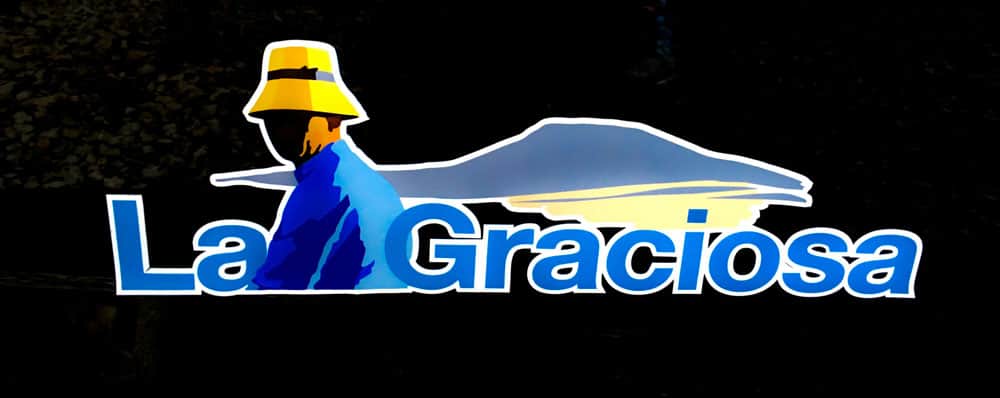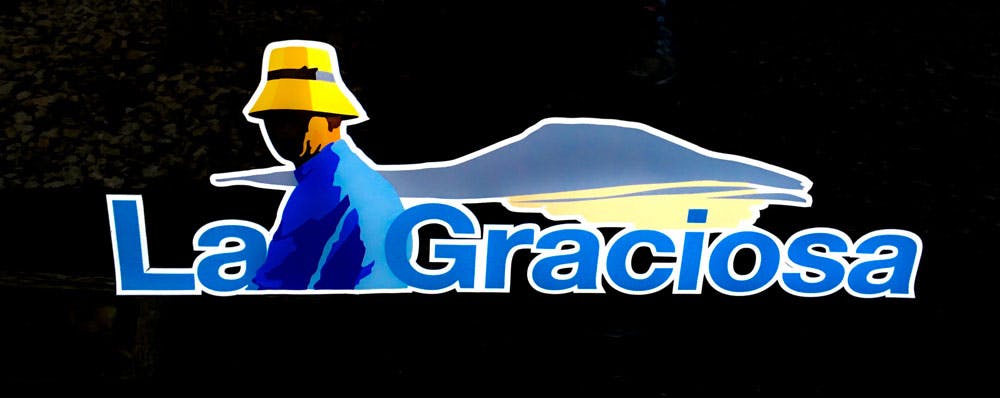Map
Table of contents
La Graciosa the eighth island
Since the end of June 2018, the small Canary Island of La Graciosa has been recognized as the eighth Canary Island. Because on 26.06.2018 the Canarian Parliament officially recognized La Graciosa as the 8th island. That was at the request of the party „PP“ (Grupo Parlamentario Popular). In total there are 13 Canary Islands. Eight of them are inhabited. So far there have only been seven administrations. La Graciosa, with its 30 square kilometres, was previously under the administrative control of the municipality of Teguise on Lanzarote. But now the small island inhabited by approx. 700 inhabitants becomes independent. And so it is officially the eighth Canarian island.
As a result of this decision, the Canary Islands Parliament has decided that all necessary changes for the „conversion“ from seven to eight islands will be implemented. This change has consequences for the administration of the islands themselves. But of course it also has an impact on the economy and on advertising for the Canary Islands. But the name of my hiking homepage Seven Islands remains. Also with the administrative change by the recognition of La Graciosa nothing has changed at the islands themselves. La Graciosa will be a topic. But it is hardly likely that I will describe hiking tours on the island some day. Or maybe I will?
La Graciosa and the Chinijo Archipelago largely unknown
The Canary Islands in the Atlantic Ocean are a term. But if we look closely, the first things that come to mind are the well-known Canary Islands of Tenerife, Gran Canaria, Lanzarote and Fuerteventura. With a little thought, La Gomera and La Palma are added. And then follows the island of El Hierro, which was again in the headlines a few years ago due to its volcanic activity. But that there are some other small islands beside these seven Canary Islands is generally almost unknown.
These islands also belonging to the Canary Islands are called „Chinijo-Archipelago“. They are located in the north, only separated by a narrow arm of the sea, right next to the Canary Island Lanzarote. This archipelago consists of the six islands. These are Alegranza, La Graciosa, Lobos, Montana Clara, Roque del Oeste and Roque del Este. Five of the islands are not populated. They are home to many rare seabird species. However, the sixth of the small islands, called Graciosa, is home to about 700 people.
La Graciosa – fight for independence
La Graciosa has been fighting for a long time to become independent from Lanzarote. In 2013, more than 4,000 signatures were sent to the Cabildo of Lanzarote to enable independence. Then began what was now successfully implemented.
On the at present still very contemplative island there are only two places. The larger of the two places on the island is called Caleta del Sebo. It is located in the south of the island. Almost all 700 inhabitants live here. They live almost exclusively from fishing in front of the African waters and the very moderate tourism.

Article summary and large selection of GPS hiking tracks
Sign up for my newsletter now and get exclusive access to my collected GPS tracks as well as all the brief information about my articles.
Sign up nowThe tourism on La Graciosa consists primarily of windsurfers. Thes have discovered wind and waves in front of the archipelago for themselves. In addition, there are inhabitants of the other Canary Islands. They have their holiday homes there. In addition, there are day tourists who arrive on a side trip from Lanzarote to the small island. After all, during the summer months, there are approximately 500 visitors who land daily on the island with the ferry from Lanzarote.
La Graciosa – Hopes for money and tourists
Caleta del Sebo is also the only port on the island of La Graciosa. The second place of the island is Casas de Petro Barba. It is located in the west of the island and consists mainly of holiday houses. All in all, the infrastructure on the island is still relatively rudimentary. There are no asphalted roads on La Graciosa. For the inhabitants of the island, only a limited number of vehicles are allowed to drive on the sandy roads of La Graciosa with their off-road vehicles. The drinking water has to be transported to the island with a pipeline under the one kilometre wide strait between La Graciosa and Lanzarote or by tanker. There are no freshwater springs on the island either.
With 29.05 square kilometres, Graciosa has an area share of 0.39 per cent of the total area of all the Canary Islands. It is thus the smallest inhabited island of the Canary Islands. What does it have to gain from its new independence? First and foremost, it is a question of autonomy for the island. And also for the associated budget funds, which could very well be used to expand the infrastructure. In addition to the financial advantages, La Graciosa will also receive more public attention due to its recognition as the eighth Canary Island. This, in turn, should increase the marketing opportunities in the fiercely contested tourism business of the small island. An improved transport infrastructure alone – this is the hope of the inhabitants – would bring more tourists to the still almost untouched island.
La Graciosa means „the graceful“. Now that La Graciosa is recognized as the eighth Canary Island and has the hoped-for infrastructural effects, it can only be hoped that it will continue to retain a little grace for its residents and tourists.
Thank you for reading!
If you've found my hiking guides on SiebenInseln helpful for your Canary Islands adventures, please consider leaving a small tip. Your support is greatly appreciated and helps cover the costs of maintaining this blog.
Thank you for your support!
SSL secured
Comments
There are no comments for this post yet.
Post the first comment

